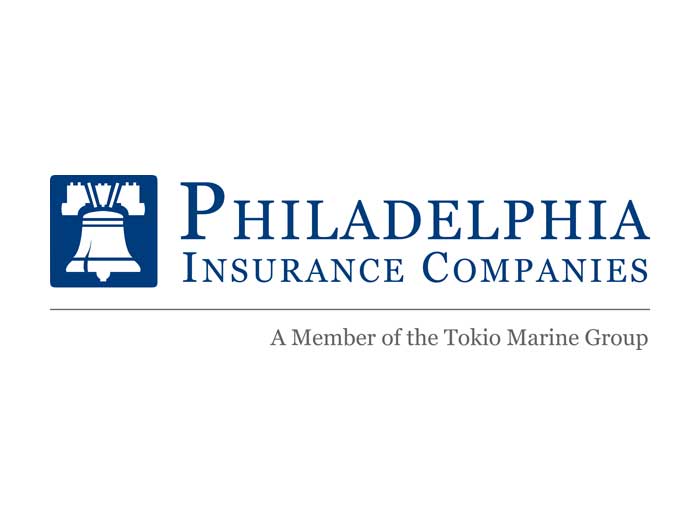Workers’ Compensation Claims in a Post-Pandemic Era
It’s no secret that COVID-19 changed our work in unforeseeable and persisting ways. While we’re no longer living in the “pandemic era,” the effects of that period remain. Some employers transitioned to remote work and reduced the potential for employee exposure in the workplace.
Ideally, this also resulted in better outcomes for the business and reduced exposure for workers’ compensation claims. On the other hand, many employers faced the challenge of sending their workers out as the first line of defense, resulting in many safety concerns. Where do we stand regarding coverage for contagious disease exposure in the workplace now that the pandemic is (mostly) in the rearview mirror?
An obvious concern for anyone in the insurance and risk management industry is whether coverage is extended or continues for coronavirus exposure in the workplace. If a jurisdiction enacted a presumption for coverage, there is an increased likelihood that employees will receive medical care, lost time benefits and the potential for permanent disability.
Ideally, including COVID-19 as a covered illness protects affected employees while serving an equally valid interest in streamlining and minimizing the costs placed on the medical and judicial systems.
According to the National Conference of State Legislatures, 28 states and Puerto Rico have taken steps to ensure workers’ compensation coverage includes COVID-19 as a compensable illness. Eleven states have created a presumption of coverage for varying types of employees and fields of work. Some states limit coverage to first responders, health care workers and essential employees.
The NCSL maintains a list of pending legislation related to coverage presumptions for occupational disease by state and type of employment. Proposed statutes range from coverage for front-line workers, volunteer firefighters, school employees and grocery store workers, among others.
However, coverage in some states arose from an emergency rule or executive order that has since expired or is subject to a sunset period. A few states have proposed extending the applicable period for bringing claims or suggested a broader approach to include contagious or infectious diseases in general.
If COVID-19 is a covered condition in your jurisdiction, several subsequent considerations exist. How can we anticipate the recovery timeline, which impacts exposure and addresses adequate medical and indemnity reserves? Unfortunately, this will continue to be a question that can be answered only through time and experience, especially considering claims for “long COVID” and post-COVID effects.
Long COVID is an official diagnosis recognized by the Centers for Disease Control and Prevention. It is a covered condition that may result in the application of the Americans with Disabilities Act. Symptoms may include fatigue, fever, respiratory issues, cardiac symptoms and neurological effects.
According to the CDC, the effects of long COVID may last for weeks, months or even years. Long COVID occurs more often in people who have experienced severe COVID-19 illness, but anyone who has been infected with the virus that causes COVID-19 can experience it. Even those without a known positive history of the virus through testing may suffer from long COVID, further complicating the diagnosis and causation investigation.
If coverage exists, an inquiry must be made into whether the claim is, in fact, compensable based on the applicable laws of the state. In an everyday workers’ compensation claim, the most relevant medical evidence is limited to the health care records of the injured worker.
However, as it is a contagious disease, it’s necessary to investigate how the employee may have contracted the condition, which will ultimately hinge on discovery in coworkers’ and third parties’ medical records. Of course, this presents a unique challenge in abiding by federal laws regarding the privacy of an individual’s medical information and when it can be appropriately used in a legal proceeding.
While many aspects of post-pandemic coverage remain in question, one thing is sure: As a society, we’re acutely aware of how infectious disease impacts our considerations for risk management in the workplace. The pandemic may be behind us, but we’re now forced to consider whether workers’ compensation coverage should be expanded to consider highly contagious illnesses permanently. &










